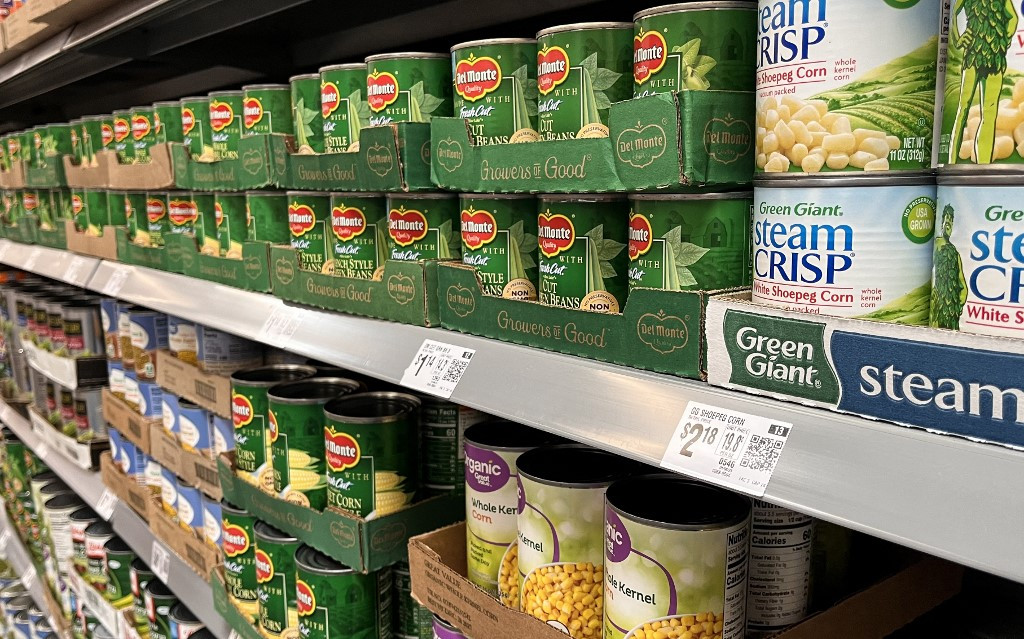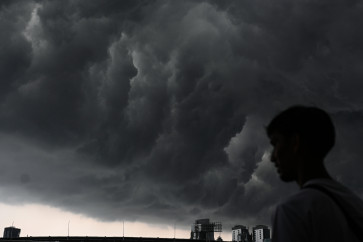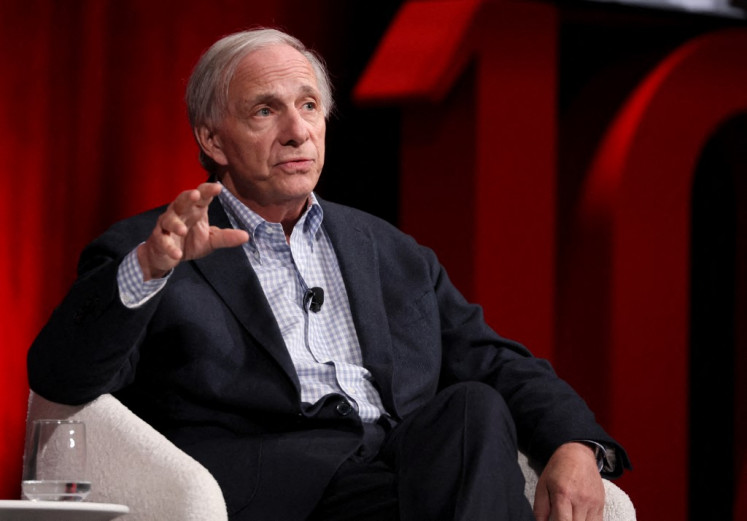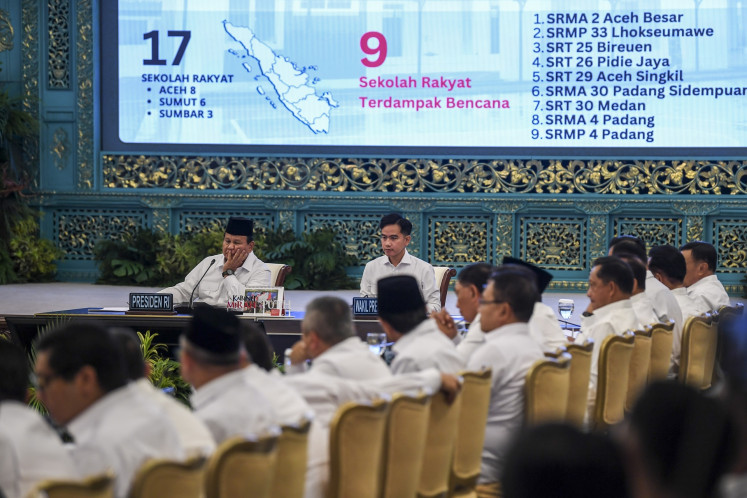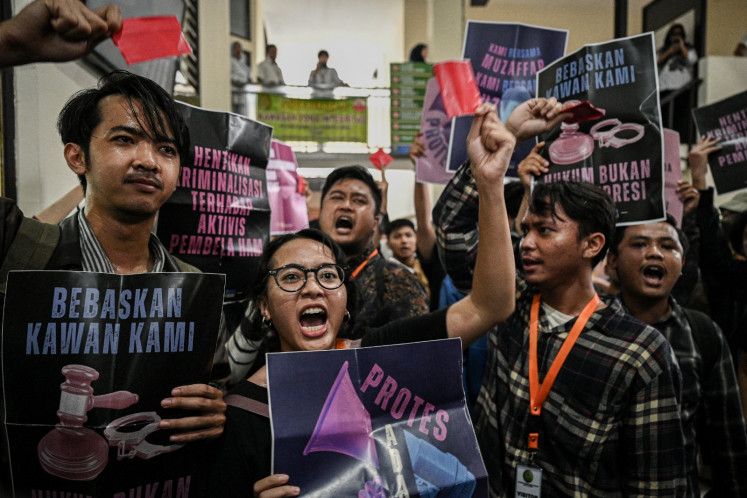Popular Reads
Top Results
Can't find what you're looking for?
View all search resultsPopular Reads
Top Results
Can't find what you're looking for?
View all search resultsUS April inflation cooled more than expected, despite tariffs
Change text size
Gift Premium Articles
to Anyone
T
he US Federal Reserve's preferred inflation measure cooled more than expected last month, according to government data published Friday, as President Donald Trump's "liberation day" tariffs on most countries came into effect.
The personal consumption expenditures (PCE) price index rose 2.1 percent in the 12 months to April, down from a revised 2.3 percent a month earlier, the US Commerce Department said in a statement.
This was slightly below than the median forecast of 2.2 percent from economists surveyed by Dow Jones Newswires and The Wall Street Journal, and leaves headline inflation just above the Fed's long-term target of two percent.
Headline inflation rose 0.1 percent on a monthly basis, as did a widely watched inflation measure stripping out volatile food and energy costs.
So-called "core" inflation rose 2.5 percent from a year ago -- also slightly below expectations of a 2.6 percent increase.
"We're seeing evidence that we were on track for a perfect landing when it comes to inflation," EY chief economist Gregory Daco told AFP.
"But that unfortunately came before the tariff storm that is likely to lead to an inflationary acceleration over the course of the summer."
Much of the monthly increase came from a 0.5 percent rise in the indices for durable goods and energy, counterbalanced by a 0.3 percent fall in food prices, according to the Commerce Department.
Trump's decision to roll out sweeping 10 percent levies on most countries on April 2, and significantly higher duties on dozens of trading partners days later -- since paused -- has faced legal action.
The court battles threaten to undermine his administration's plans to use tariffs to raise revenue and punish partners running large trade deficits with the United States.
This week, the US Court of International Trade ruled that Trump had overstepped his authority, only for a federal judge to temporarily overrule their decision a day later to allow the tariff plans to continue, for now.
Daco from EY said while it was too soon for the tariffs to start having a meaningful impact on the data, there were signs that they were starting to push up prices, noting that the cost of furniture had risen after the "liberation day" duties came into effect.
"That bodes poorly for the inflation outlook over the coming months, as we're likely to see more of the tariffs filter through to prices and in turn, weigh on consumer spending," he said.
Daco's views on the economic impact of tariffs chime with those of many economists, who expect the new levies to push up prices and slow growth -- at least temporarily -- a view disputed by the Trump administration.
Personal income increased by 0.8 percent last month on a seasonally adjusted basis, according to the Commerce Department data published Friday, beating the Dow Jones Newswires and The Wall Street Journal median forecast of 0.3 percent.
And personal saving as a percentage of disposable personal income -- a measure of how much consumers are saving -- jumped to 4.9 percent in April from a revised 4.3 percent a month earlier.
Friday's inflation data is welcome news for the Fed, which is weighing the right time to continue cutting its benchmark interest rate from its current level of between 4.25 and 4.50 percent.
But the good news is unlikely to last, according to LPL Financial chief economist Jeffrey Roach.
"Inflation will likely re-accelerate for the remainder of 2025 as both supply and demand pressures will push annual inflation rates higher," he wrote in a note shared with AFP.

